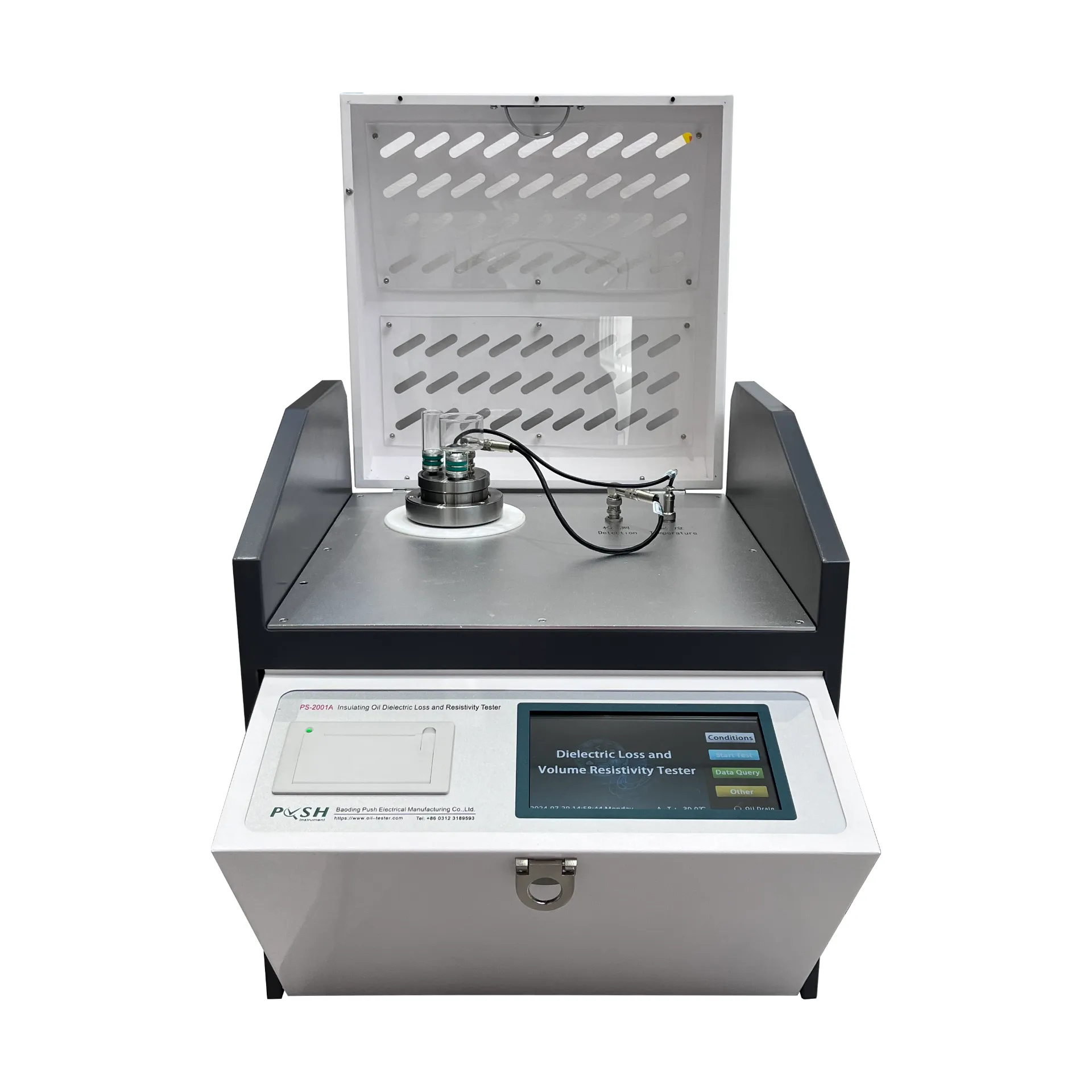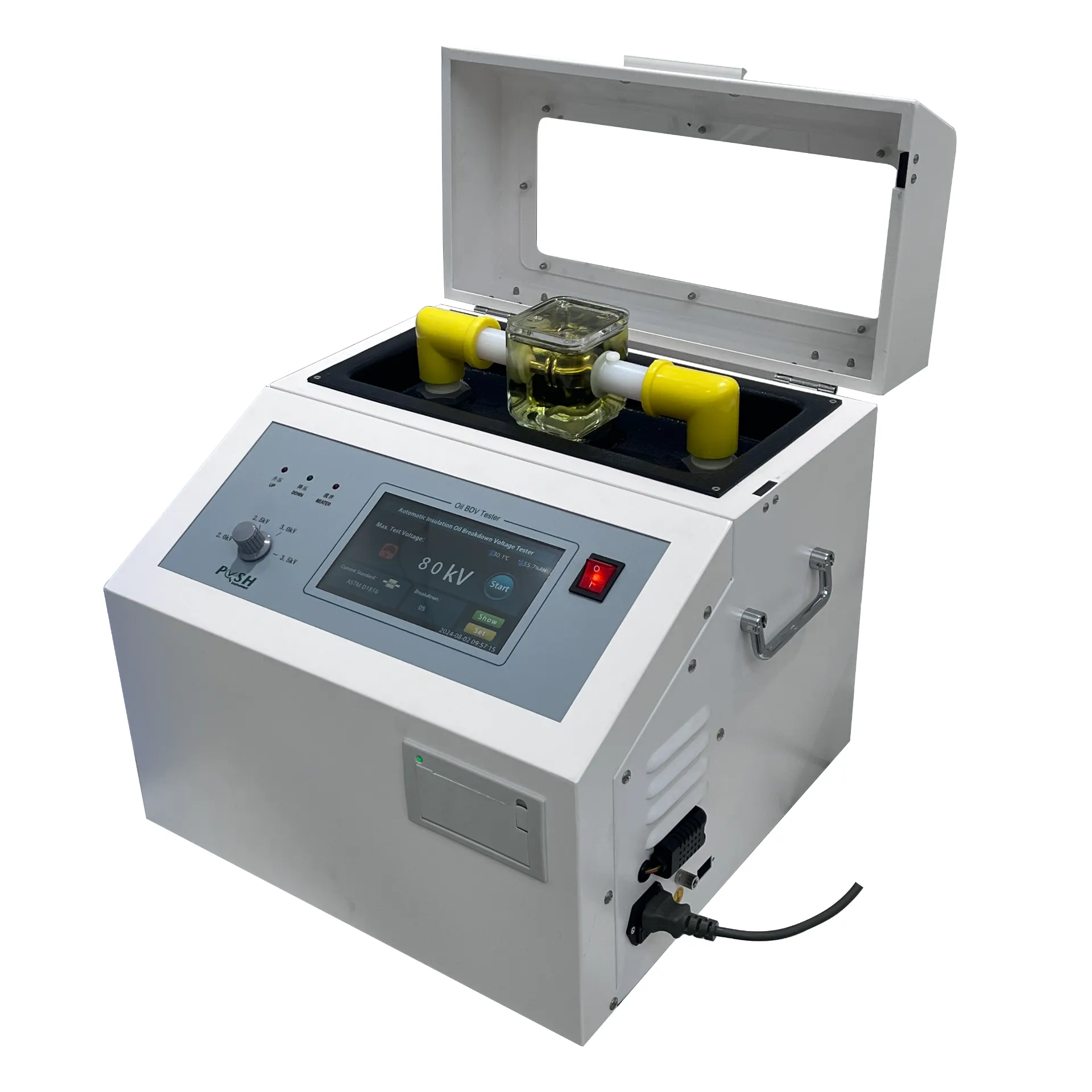TEL:
+86-0312-3189593
 English
English

Telephone:0312-3189593

Email:sales@oil-tester.com

-
 Afrikaans
Afrikaans -
 Albanian
Albanian -
 Amharic
Amharic -
 Arabic
Arabic -
 Armenian
Armenian -
 Azerbaijani
Azerbaijani -
 Basque
Basque -
 Belarusian
Belarusian -
 Bengali
Bengali -
 Bosnian
Bosnian -
 Bulgarian
Bulgarian -
 Catalan
Catalan -
 Cebuano
Cebuano -
 China
China -
 China (Taiwan)
China (Taiwan) -
 Corsican
Corsican -
 Croatian
Croatian -
 Czech
Czech -
 Danish
Danish -
 Dutch
Dutch -
 English
English -
 Esperanto
Esperanto -
 Estonian
Estonian -
 Finnish
Finnish -
 French
French -
 Frisian
Frisian -
 Galician
Galician -
 Georgian
Georgian -
 German
German -
 Greek
Greek -
 Gujarati
Gujarati -
 Haitian Creole
Haitian Creole -
 hausa
hausa -
 hawaiian
hawaiian -
 Hebrew
Hebrew -
 Hindi
Hindi -
 Miao
Miao -
 Hungarian
Hungarian -
 Icelandic
Icelandic -
 igbo
igbo -
 Indonesian
Indonesian -
 irish
irish -
 Italian
Italian -
 Japanese
Japanese -
 Javanese
Javanese -
 Kannada
Kannada -
 kazakh
kazakh -
 Khmer
Khmer -
 Rwandese
Rwandese -
 Korean
Korean -
 Kurdish
Kurdish -
 Kyrgyz
Kyrgyz -
 Lao
Lao -
 Latin
Latin -
 Latvian
Latvian -
 Lithuanian
Lithuanian -
 Luxembourgish
Luxembourgish -
 Macedonian
Macedonian -
 Malgashi
Malgashi -
 Malay
Malay -
 Malayalam
Malayalam -
 Maltese
Maltese -
 Maori
Maori -
 Marathi
Marathi -
 Mongolian
Mongolian -
 Myanmar
Myanmar -
 Nepali
Nepali -
 Norwegian
Norwegian -
 Norwegian
Norwegian -
 Occitan
Occitan -
 Pashto
Pashto -
 Persian
Persian -
 Polish
Polish -
 Portuguese
Portuguese -
 Punjabi
Punjabi -
 Romanian
Romanian -
 Russian
Russian -
 Samoan
Samoan -
 Scottish Gaelic
Scottish Gaelic -
 Serbian
Serbian -
 Sesotho
Sesotho -
 Shona
Shona -
 Sindhi
Sindhi -
 Sinhala
Sinhala -
 Slovak
Slovak -
 Slovenian
Slovenian -
 Somali
Somali -
 Spanish
Spanish -
 Sundanese
Sundanese -
 Swahili
Swahili -
 Swedish
Swedish -
 Tagalog
Tagalog -
 Tajik
Tajik -
 Tamil
Tamil -
 Tatar
Tatar -
 Telugu
Telugu -
 Thai
Thai -
 Turkish
Turkish -
 Turkmen
Turkmen -
 Ukrainian
Ukrainian -
 Urdu
Urdu -
 Uighur
Uighur -
 Uzbek
Uzbek -
 Vietnamese
Vietnamese -
 Welsh
Welsh -
 Bantu
Bantu -
 Yiddish
Yiddish -
 Yoruba
Yoruba -
 Zulu
Zulu
Vas . 13, 2025 18:16
Back to list
PUSH electric astm d92 open cup flash point tester Silicon nitride ignition head
Understanding the process of testing a step-down transformer is fundamental for enthusiasts and professionals dealing with electrical appliances and power distribution systems. A step-down transformer is a device that converts high voltage and low current to low voltage and high current, making it essential for efficiently distributing electricity for both residential and commercial purposes. Proper testing ensures its optimal performance and safety.
A no-load test follows next, designed to measure core losses and evaluate the transformer's efficiency under normal conditions. Connect the transformer to an AC power source, ensuring there is nothing drawing power from the secondary winding. This test simulates the operational state of the transformer when it is energized but not delivering power to a load. Measure the input power and assess any abnormal readings that could suggest issues such as excessive core loss, which reduces efficiency. Another vital procedure is the load test, which simulates the condition under which the transformer normally operates with a specific load. By applying a known load to the transformer's secondary side, observe the changes in voltage regulation and output voltage. This test helps determine the voltage drop across the windings and the transformer's ability to handle its rated load efficiently. Finally, the short-circuit test serves as an indicator of a transformer's copper losses and impedance voltage. This requires connecting a voltmeter, ammeter, and wattmeter to the primary winding and short-circuiting the secondary winding. By applying a reduced voltage to the primary side until the rated current flows in the secondary circuit, you can measure the input voltage, current, and power. The readings allow you to calculate the copper loss and check whether the transformer operates within its specified performance range. In conclusion, testing a step-down transformer involves a sequence of inspections and technical evaluations aimed at verifying its performance, safety, and efficiency. Conducting these tests not only deepens the understanding of the transformer's operational capacity but also reinforces safety measures. By performing regular maintenance and thorough testing, transformers can maintain reliability, extend their lifespan, and ensure minimized service disruptions in their power supply roles.


A no-load test follows next, designed to measure core losses and evaluate the transformer's efficiency under normal conditions. Connect the transformer to an AC power source, ensuring there is nothing drawing power from the secondary winding. This test simulates the operational state of the transformer when it is energized but not delivering power to a load. Measure the input power and assess any abnormal readings that could suggest issues such as excessive core loss, which reduces efficiency. Another vital procedure is the load test, which simulates the condition under which the transformer normally operates with a specific load. By applying a known load to the transformer's secondary side, observe the changes in voltage regulation and output voltage. This test helps determine the voltage drop across the windings and the transformer's ability to handle its rated load efficiently. Finally, the short-circuit test serves as an indicator of a transformer's copper losses and impedance voltage. This requires connecting a voltmeter, ammeter, and wattmeter to the primary winding and short-circuiting the secondary winding. By applying a reduced voltage to the primary side until the rated current flows in the secondary circuit, you can measure the input voltage, current, and power. The readings allow you to calculate the copper loss and check whether the transformer operates within its specified performance range. In conclusion, testing a step-down transformer involves a sequence of inspections and technical evaluations aimed at verifying its performance, safety, and efficiency. Conducting these tests not only deepens the understanding of the transformer's operational capacity but also reinforces safety measures. By performing regular maintenance and thorough testing, transformers can maintain reliability, extend their lifespan, and ensure minimized service disruptions in their power supply roles.
Latest news
-
Testing Equipment Industry Sees Major Advancements in 2025: Smart & Precision Technologies Lead the WayNewsJun.06,2025
-
Applications of Direct Current Generators in Renewable Energy SystemsNewsJun.05,2025
-
Hipot Tester Calibration and Accuracy GuidelinesNewsJun.05,2025
-
Digital Circuit Breaker Analyzer Features and BenefitsNewsJun.05,2025
-
Benefits of Real-Time Power Quality Monitoring Devices for Industrial EfficiencyNewsJun.05,2025
-
Earth Fault Loop Testing in High-Rise Building Electrical SystemsNewsJun.05,2025



